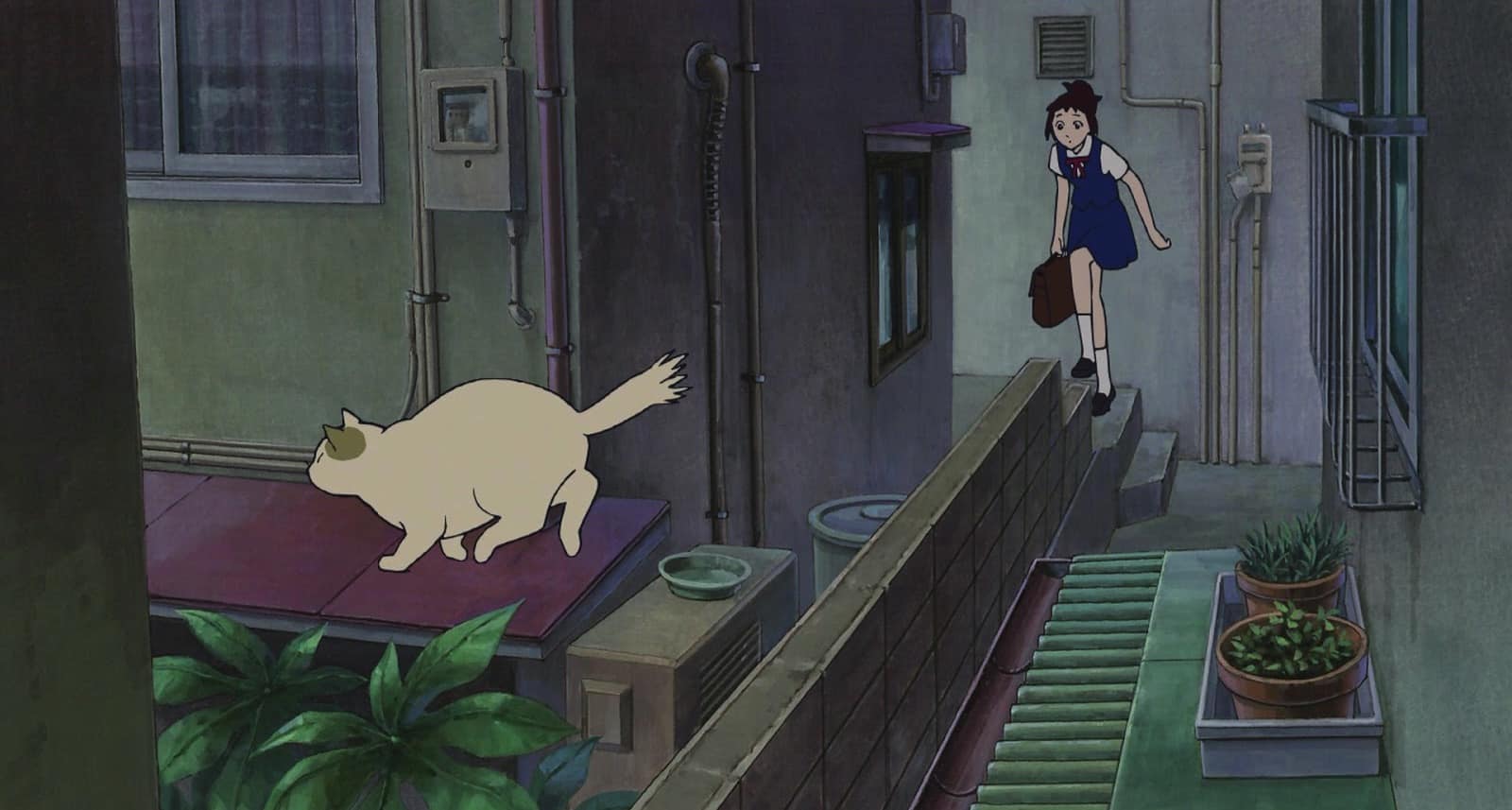I hate being lost. I’m not the only one. Before the age of cities, suburbs and GPS, it really was dangerous to separate from your tribe.
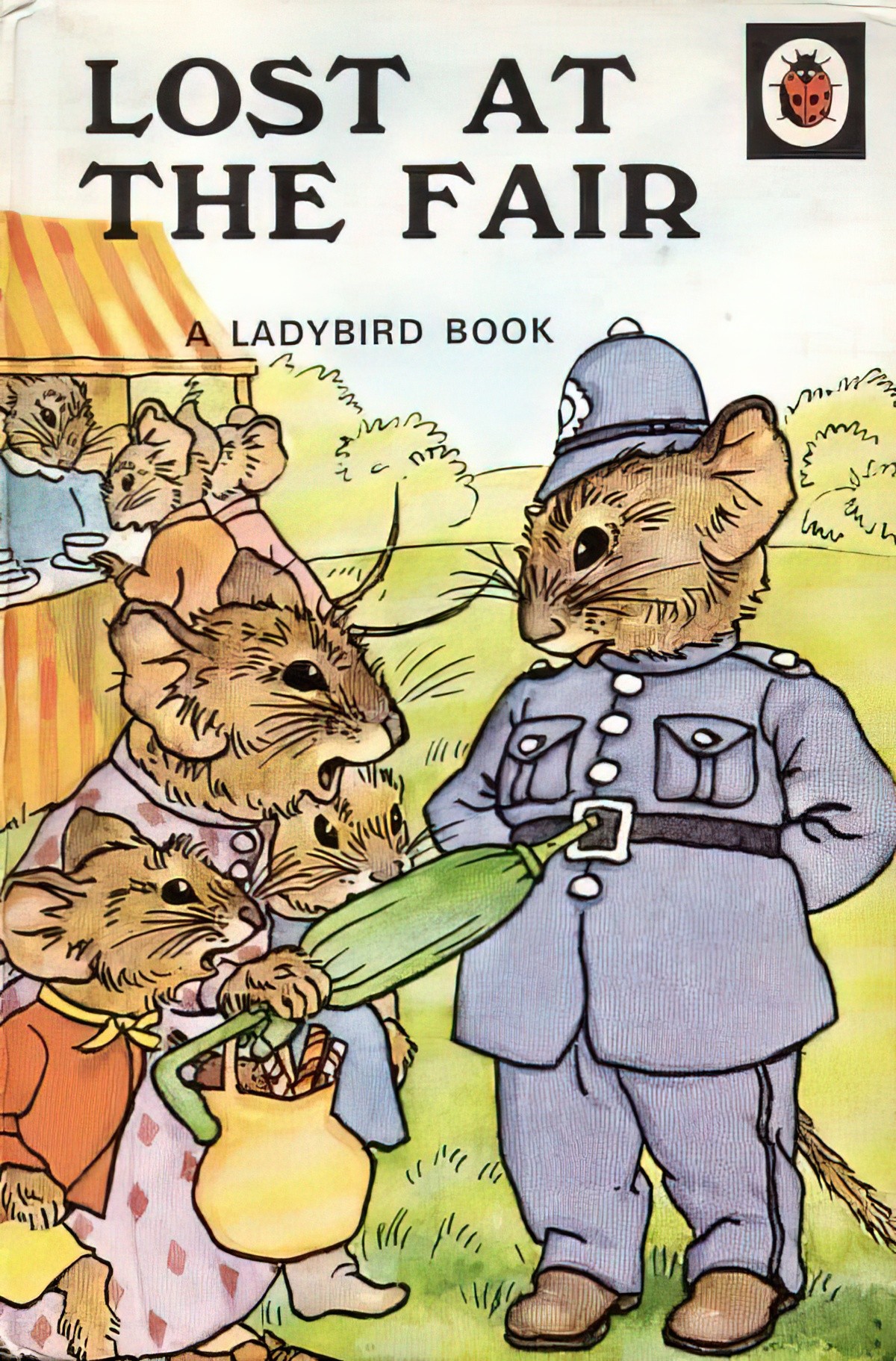
Professor Kenneth Hill has studied the psychological effects of getting lost, and was interviewed by Jim Mora on the RNZ Sunday morning radio show. Jim asks, why do people freak out when getting lost?
No surprise, I’m not a huge fan of mazes. I’ve been in a hedge maze, and once rented a barn at a maze made of maize, but never entered the maze. Wasn’t interested.
Mazes and labyrinths look a little similar at first glance but once you’re stuck inside one it feels quite different. Here’s the difference: Mazes have many different paths branching off into dead ends, making their symbolism similar to that of the crossroad. If you’re ever stuck inside a maze you’ll have to make decisions about which path to take.
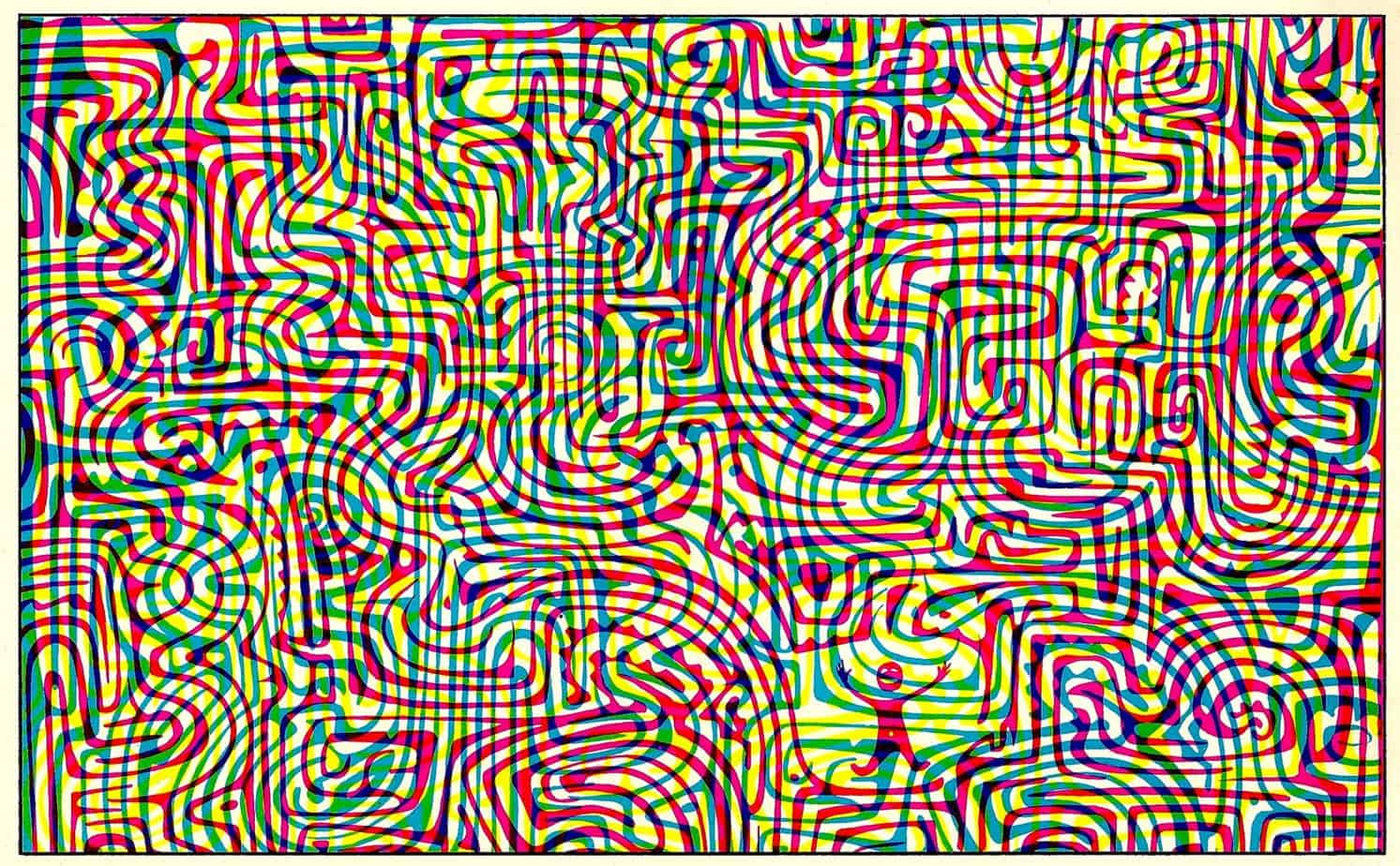
But once you enter a labyrinth you are forced to trudge along a single, massively long pathway. The path takes you round and round until eventually — after the longest path possible — you will end up at its centre. According to Greek mythology, a scary part-bull, part-man lives at the centre of the labyrinth at Knossos. He was a chimerical creature killed by a prince called Theseus. Theseus found his way back out by following the length of string he’d unspooled on his way in. (This was actually Ariadne’s idea, the daughter of Minos, who was in love with him. He later abandoned her on an island.)
A similar kind of trickiness is utilised in the fairytale Hansel and Gretel, but unfortunately birds ate the starving children’s crumbs.
Theseus’s length ofstring may seem clever, but was a bit overkill. It shouldn’t be that hard to find your way out of a labyrinth. I haven’t tried this, but apparently you pick a hand, touch the wall with it. Keep that same hand touching the wall and walk until you’re out. A labyrinth is not like a maze, where you have to remember which decisions you made on the way in, only in reverse. This technique also works for mazes actually (with the only tricky bit being bits of wall not attached to anything). You won’t get out by the fastest route doing this, but you’ll make it out alive.
In modern English, the words maze and labyrinth are often used interchangeably and can function symbolically in many various ways, as reflected in ancient traditions:
- protection against supernatural powers
- a path the dead must follow on their way to the world of the spirits (mazes as liminal spaces)
- Mazes divorce the traveller from the comfort of cardinal direction, shucking off all symbolism to do with points on a compass. This is how a labyrinth/maze can help you find your spiritual path. Removed from the constraints of linear time and markers of ‘the real world’, the traveller has no choice but to focus inward. This is how you find your ‘true path’ in life.
- In more modern dystopian fiction, the labyrinth can symbolise organisations in which it’s impossible to get anything done — paperwork, bureaucracy. The labyrinth is especially good for conveying this idea because it takes you on the longest journey possible to the centre, or truth.
- Related to this, the maze/labyrinth symbolises anywhere clarity is deliberately suppressed. This often harks back to a much older story (e.g. the Garden of Eden) in which knowledge is the ultimate taboo (especially for women).
- The maze/labyrinth is a paradoxical symbol because when viewed from above, or when designed by its artist, the maze is this beautiful, symmetrical work of art. But when you’re stuck inside one at ground level, you become confused, frustrated and ultimately hit peak despair.
- The labyrinth as an idea is closely related to the knot because they both symbolise journeys. The difference is that in knotwork design there is no beginning and no ending. (The branch of mathematics known as knot theory also studies knots with no beginnings and endings. The simplest mathematical knot is a ring.) A story like Andrea Arnold’s film American Honey resembles a knot more than a labyrinth because the ending suggests our main character will be on the road forever.
- To enter a labyrinth and make it out alive symbolises a rebirth. Therefore, the labyrinth might be regarded a womb. Fairylands function similarly, or any land beyond the fantasy portal. Once inside, the hero’s mission is to make it out alive.
ABANDONMENT: The symbolism of abandonment has a similar range of reference to that of the ‘lost object’, and they are both parallel to the symbolism of death and resurrection. To feel abandoned is, essentially, to feel forsaken by the ‘god within us’, that is, to lose sight of the eternal light in the human spirit. This imparts to the individual’s existence a sense of estrangement — to which the labyrinth theme is also related.
A Dictionary of Symbols by J.E. Circlot
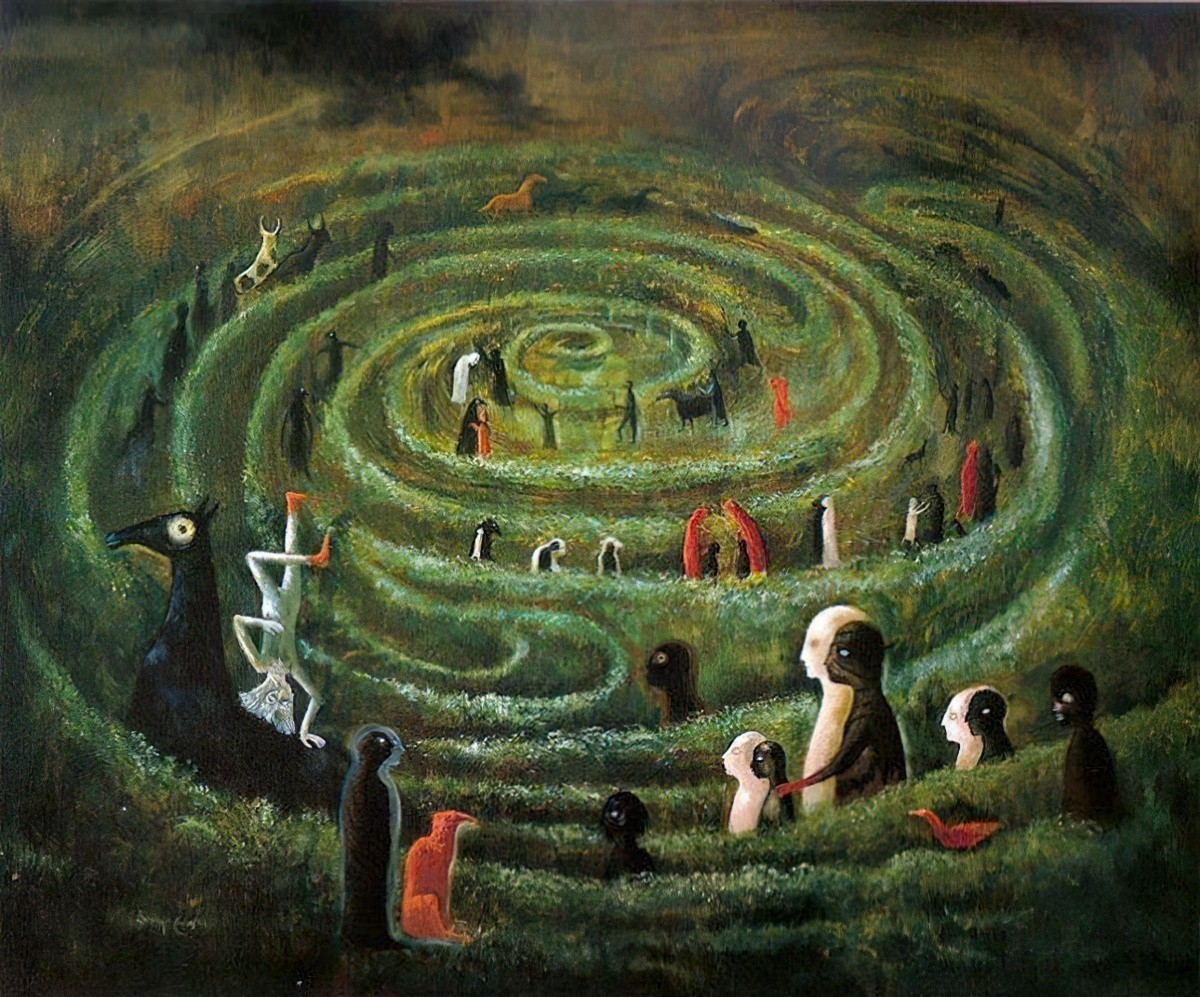
THE GREEK LABYRINTH
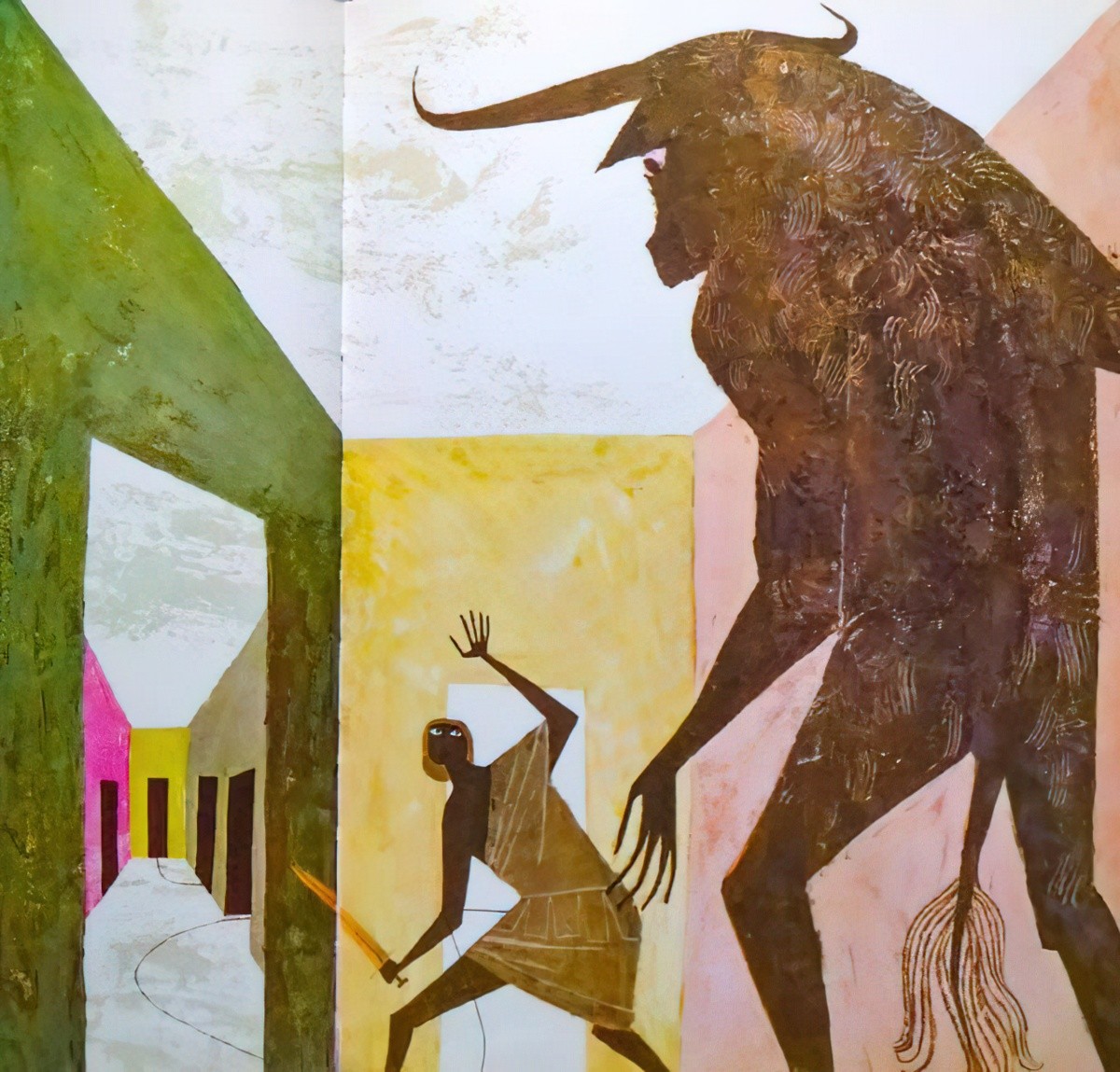
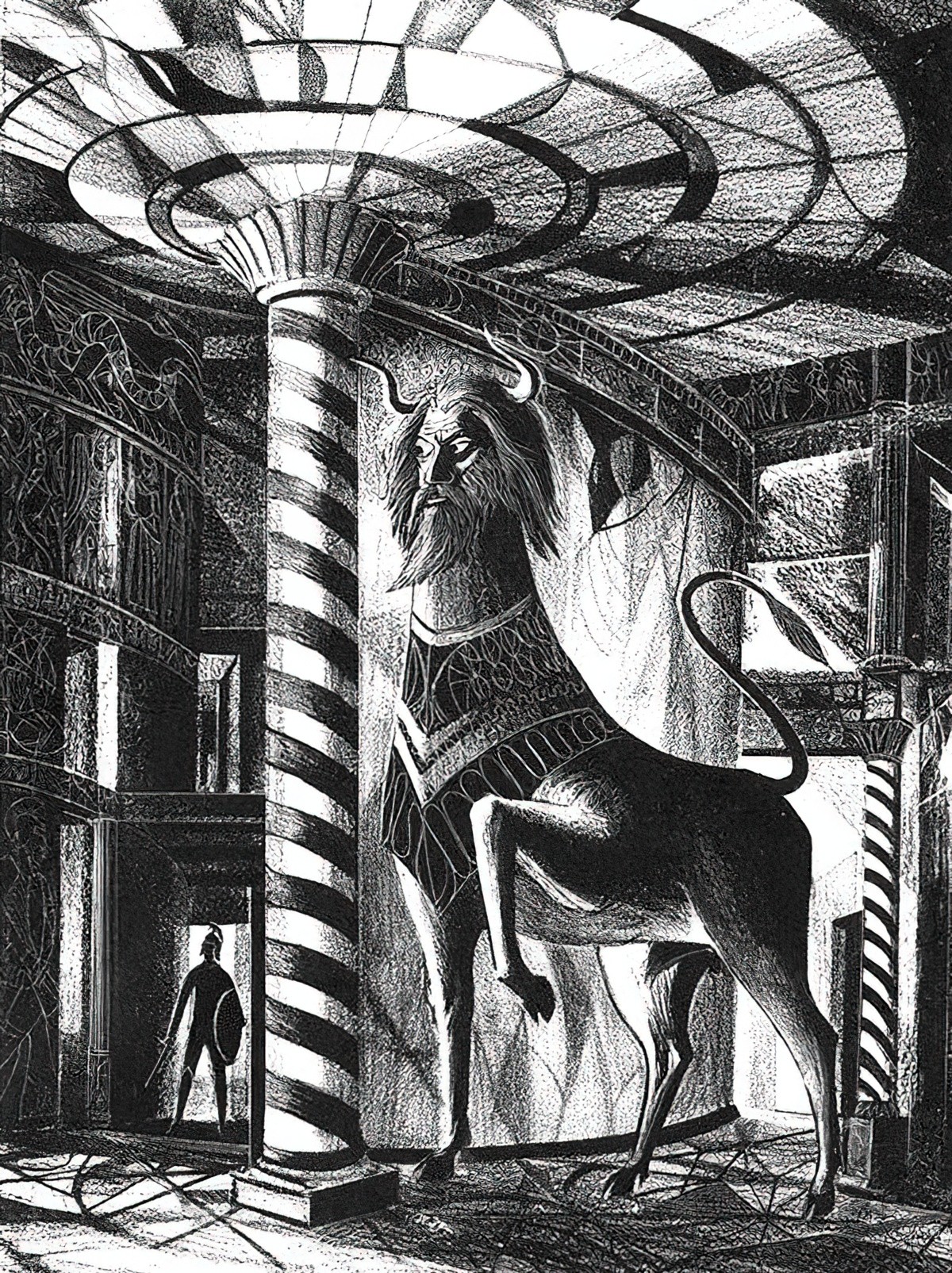
Returning now to Greek mythology, the word ‘labyrinth’ means ‘house of the double axe’. The labrys is an ancient and symbolic axe. What have axes got to do with labyrinths? The labrys was a powerful emblem in Minoan culture — Bronze Age people of Crete (c. 3000 BC — 1100 BC). The Minoans got their name from Minos, a legendary figure from Greek legend, and that’s where ‘Minotaur’ comes from as well. (Minotaur = Minos + bull.)
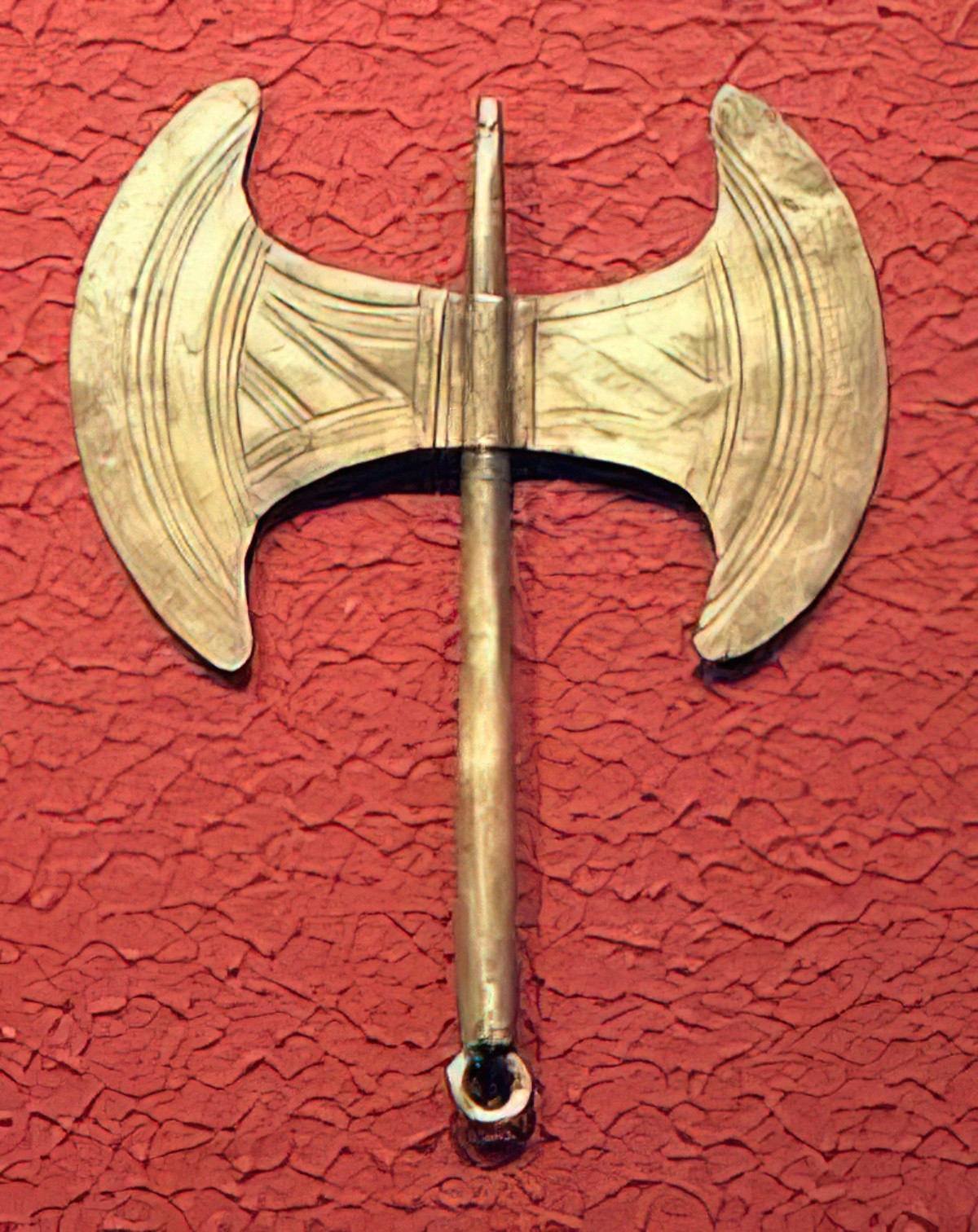
However, the labyrinth is not a specifically Greek concept. To show the universality of labyrinth symbolism/mythic structure look at the following examples from all around the world:
- The labyrinth is found on fragments of amulets from Ancient Egypt, who believed the labyrinth mirrored the afterlife
- in Turkey
- Greece
- in the tantric texts of India and in the design of mandalas
- on Mycenean seals
- and Etruscan vases
- in Ireland and Britain, pre-figured in the ring-and-cup marks of stonework and at sights such as Newgrange. (Hedge mazes were an English variation.)
- Labyrinths were adopted by Christian churches (initially in Algeria)
- For a while, labyrinths were found in almost all Gothic Catholic cathedrals because walking them was meant to be meditative. But I guess some people found them too fun because most were later removed. They distracted from the religious services in the nave.
- The Dearinth is a symbol invented by Oberon Zell, used as the symbol for his Church of All Worlds. (That guy also coined the term neo-Pagan.) This symbol is a labyrinth and also looks like a god/goddess stretching their arms above the head.
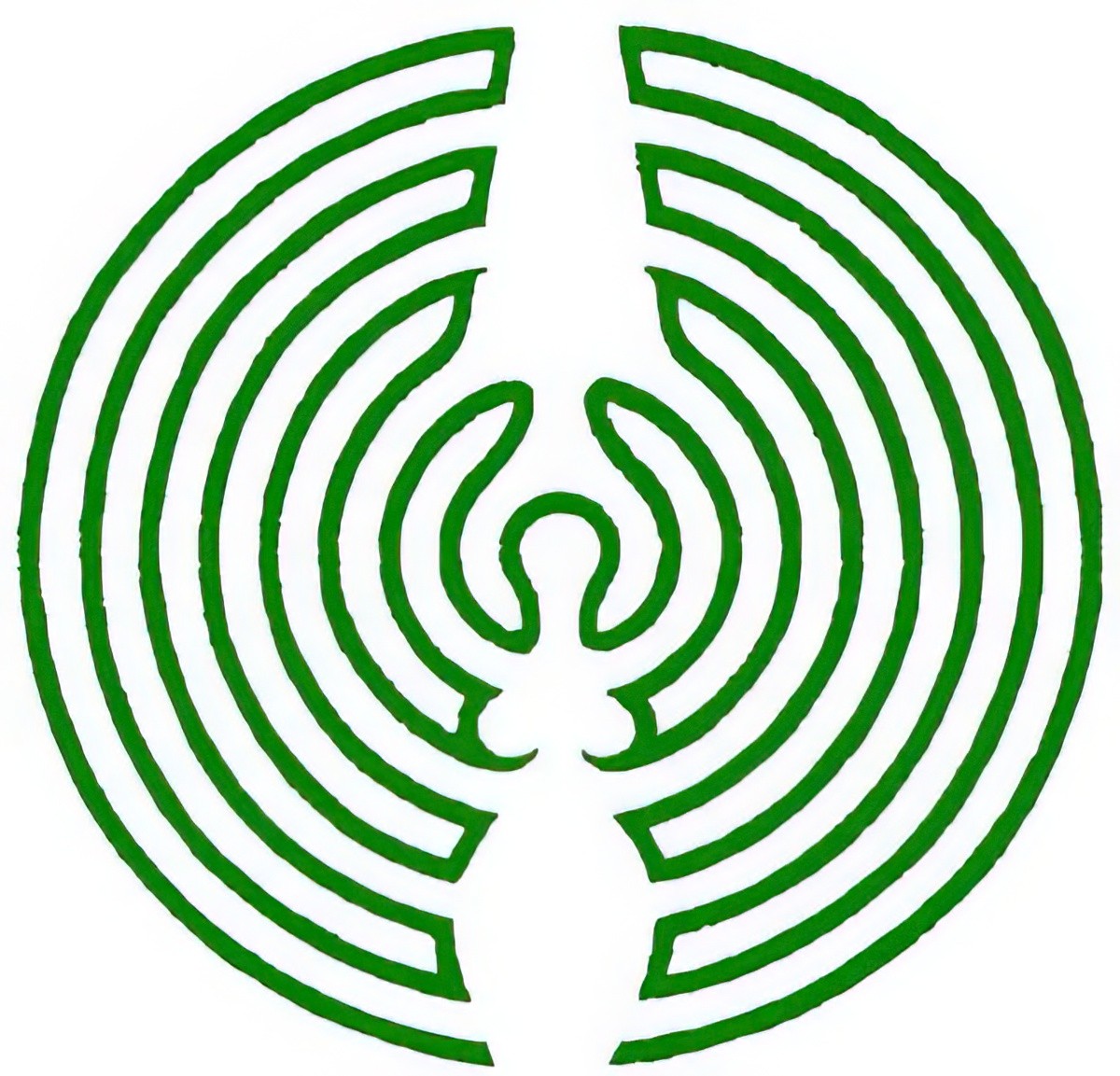
Labyrinths are sometimes called ‘Solomon’s Mazes’ because there’s a famous labyrinth at Chartres Cathedral, about 80 km outside Paris, which is exactly 666 feet long (the devil’s number!). At the centre of this labyrinth there’s a six-petaled flower containing the Seal of Solomon inside it. (Either a pentagram or hexagram shape. If it’s a hexagram, it’s known as the Star of David in Jewish tradition. It was meant to be a signet ring owned by King Solomon.)
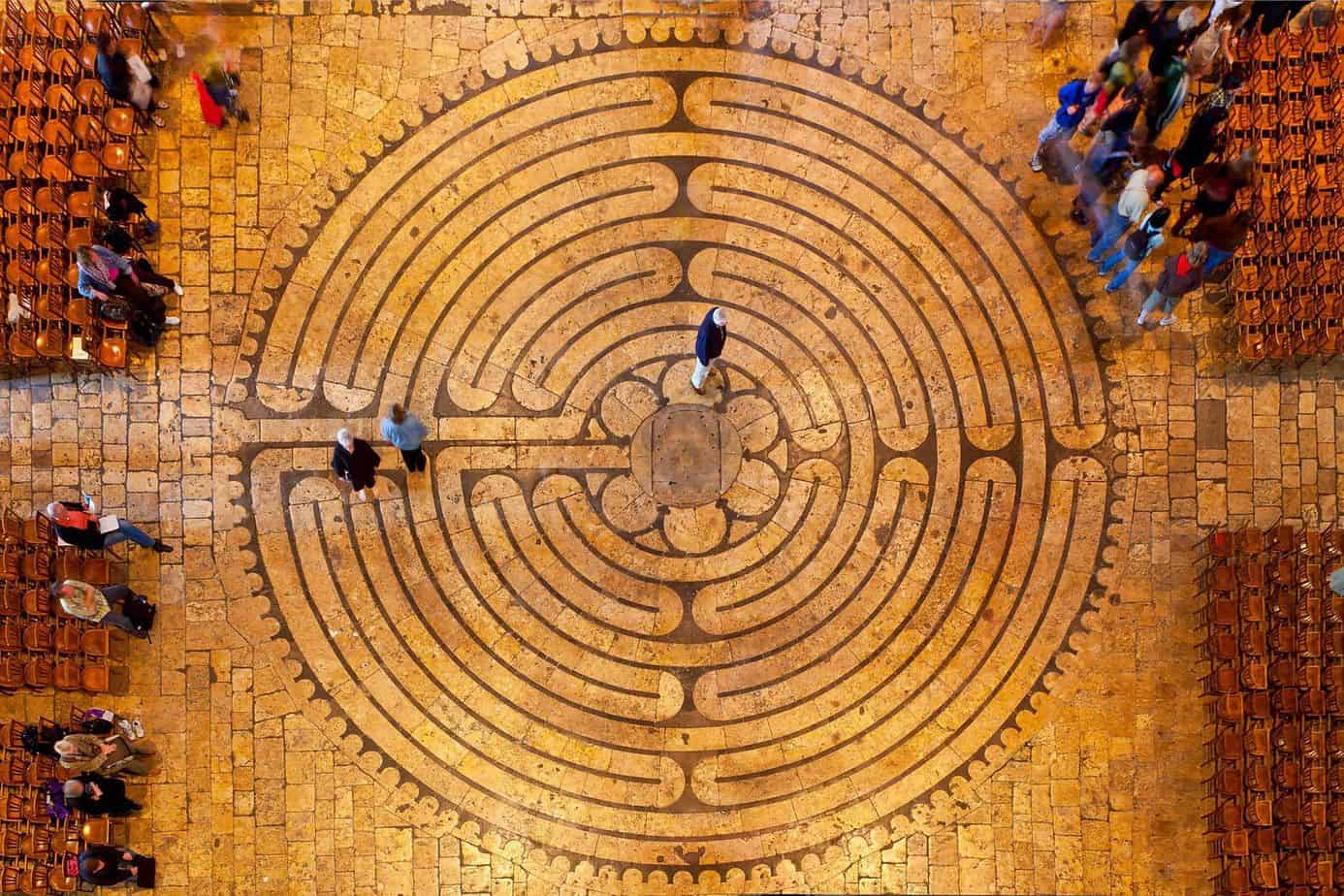
GOTHIC LITERATURE AND THE LABYRINTH
Gothic stories tend to feature castles as part of the ominous setting. The massive castle is basically the home equivalent of a labyrinth.
Related to these actual Gothic castles are labyrinthine computer game stories, or anything set in cyberspace. Thematically, these settings tend to explore ideas around double consciousness and moral disintegration. They are often metafictive. From 19th century Gothic fiction to ultra-contemporary speculative work, the concept of the labyrinth is heavily utilised as a symbol in fiction.
URBAN STREETS AS MYTHIC MAZE
In the Studio Ghibli anime The Cat Returns, a girl rescues a cat and finds herself caught inside a fantasy world inhabited by talking cats. A castle within the fantasy world features a maze as part of its fortress. This maze is remarkably difficult because the walls keep moving around. The cats are wearing bits of wall, which means the walls have legs.
What’s especially interesting about this setting: Haru’s suburban Japanese life melds into the fantasy world. Some of the cats in the real world are magical, for instance. Apart from that, the narrow, winding, maze-like alleyways of suburbia echo the literal maze of her fantasy world.
The Cat Returns is a super clear example of this, but any urban story which features characters running between tall buildings, perhaps on a chase, perhaps on a ticking-clock mission, is drawing on ancient maze symbolism, and the terror of feeling lost.
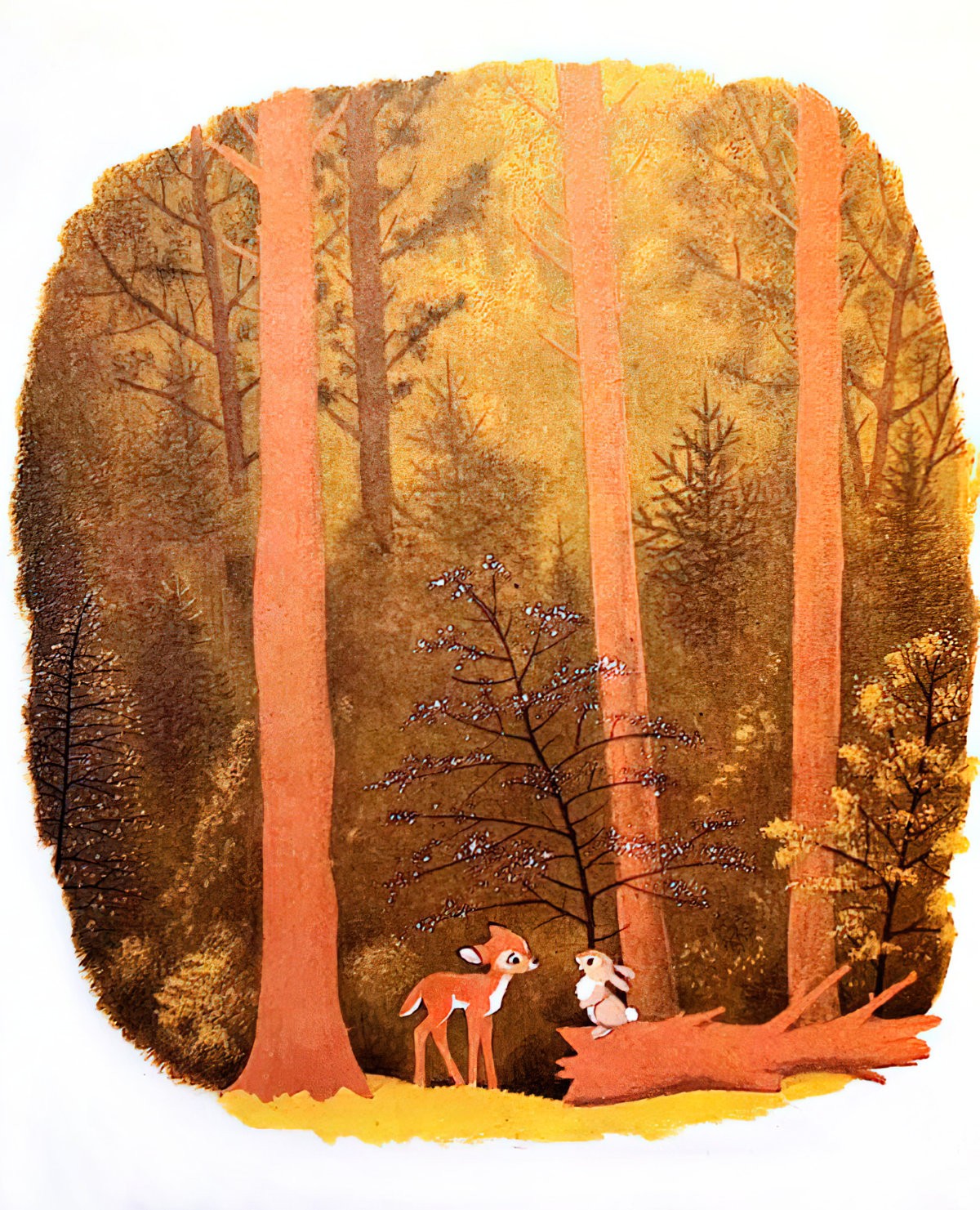
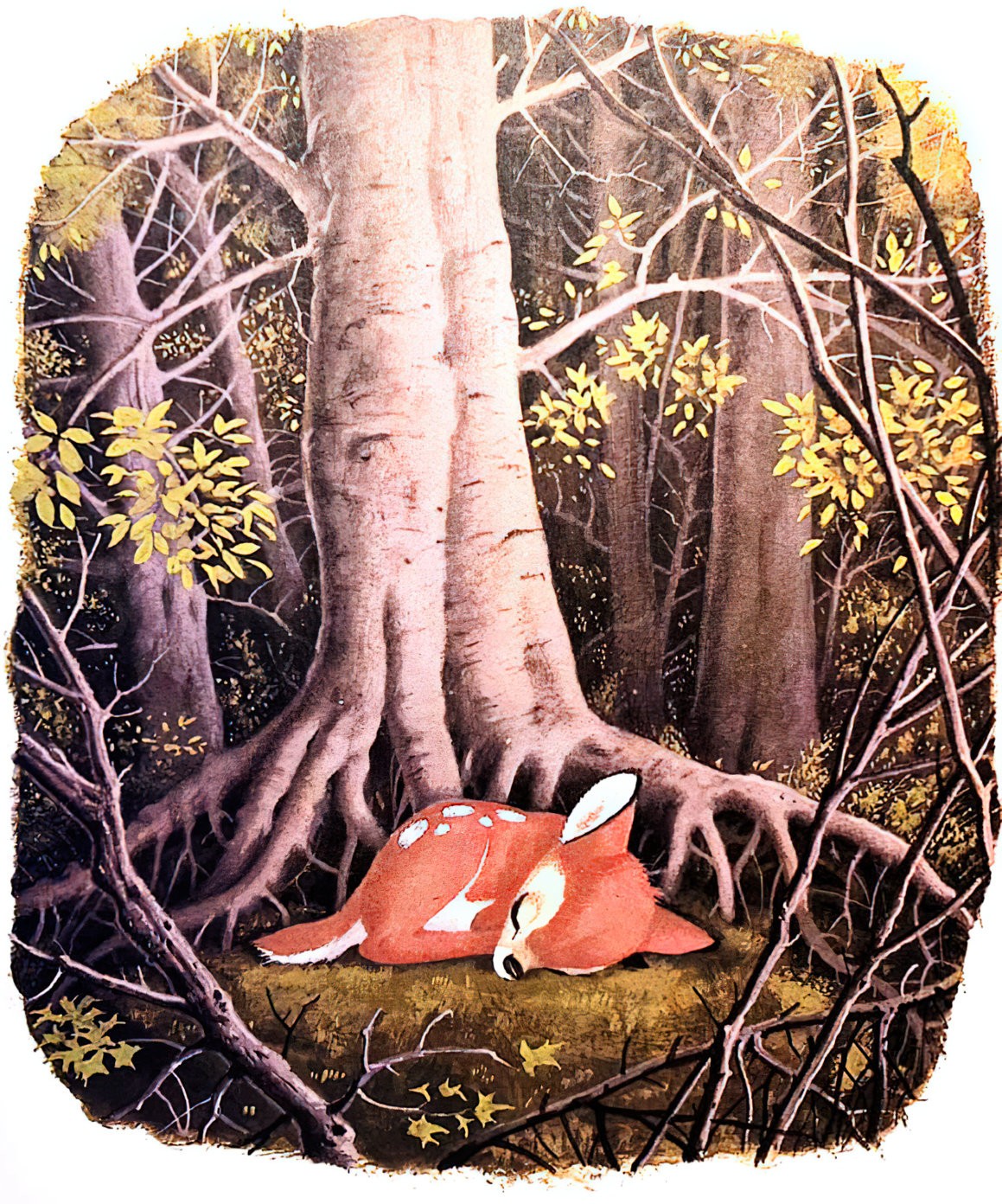
FURTHER READING
People who study storytelling tend to use the labyrinth as a symbol of the classic mythic journey. When I say ‘classic’, I mean masculine. Christopher Vogler’s book The Hero’s Journey even features a labyrinth on the cover.
In the hero’s journey, earlier described by Joseph Campbell, a character leaves home to embark upon a journey into the centre of his soul, fights a massive opponent (the Minotaur) and then finds his way out of the labyrinth/subconcious. At the end he’ll have either returned home or found a new one, but either way, he’s changed forever.
It’s fascinating to consider how bad humans are at directions compared to almost all animals, especially certain birds, like homing pigeons. When did we lose this ability to know where we are in space? And might it be possible to get it back? A fascinating podcast on this topic a podcast entitled “A Sense of Direction” from Seriously…Presents:
Many animals can navigate by sensing the earth’s magnetic field. Not humans, though. But might we have evolved the sense but forgotten how to access it? 40 years ago a British zoologist thought he had demonstrated a homing ability in humans. But his results failed to replicate in America and the research was largely discredited. But new evidence suggests that our brains can in fact detect changes in the magnetic field and may even be able to use it to navigate. … Is the magic still there for all of us, just waiting to be rediscovered?
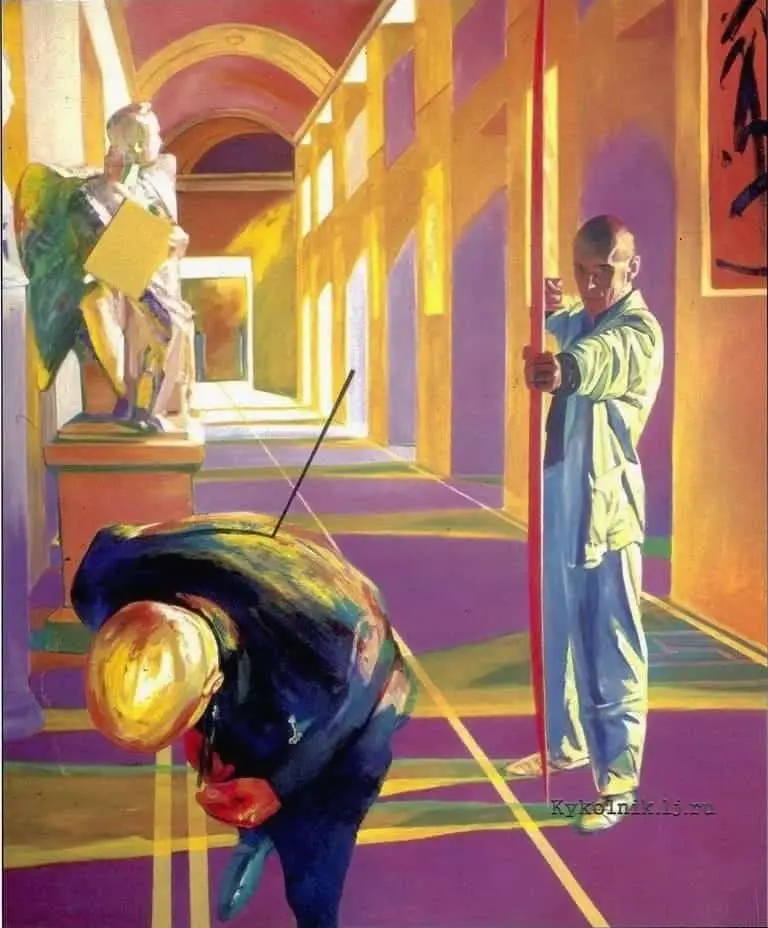
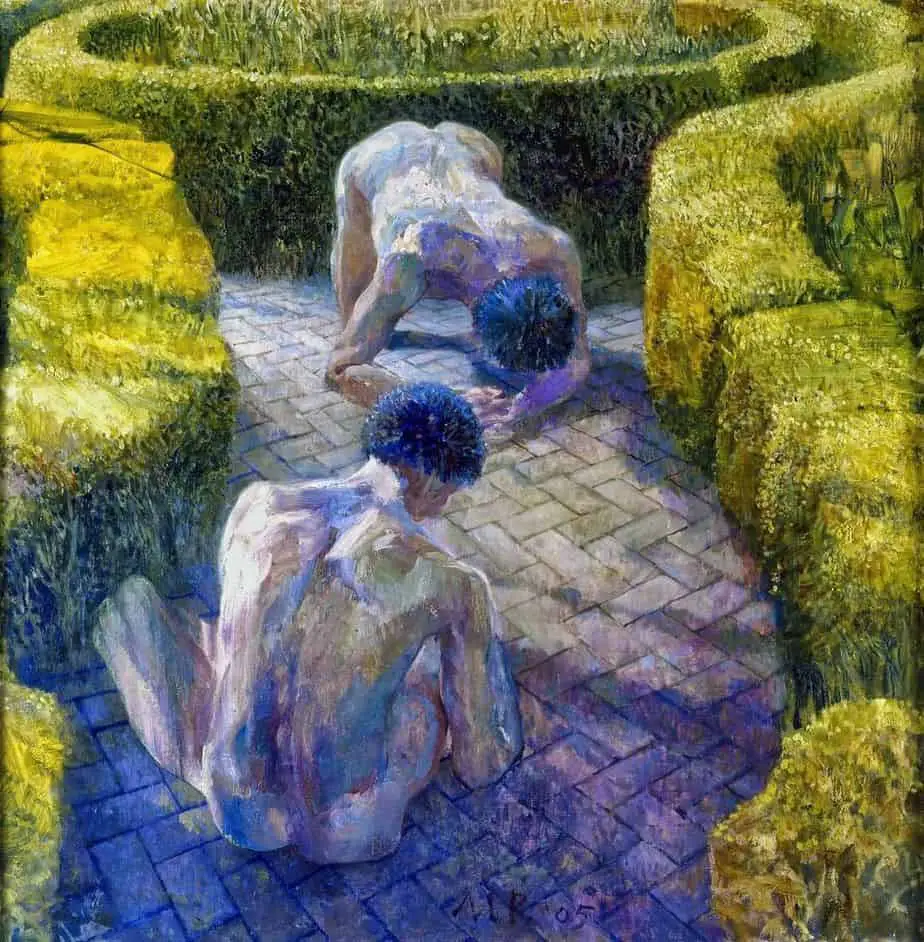
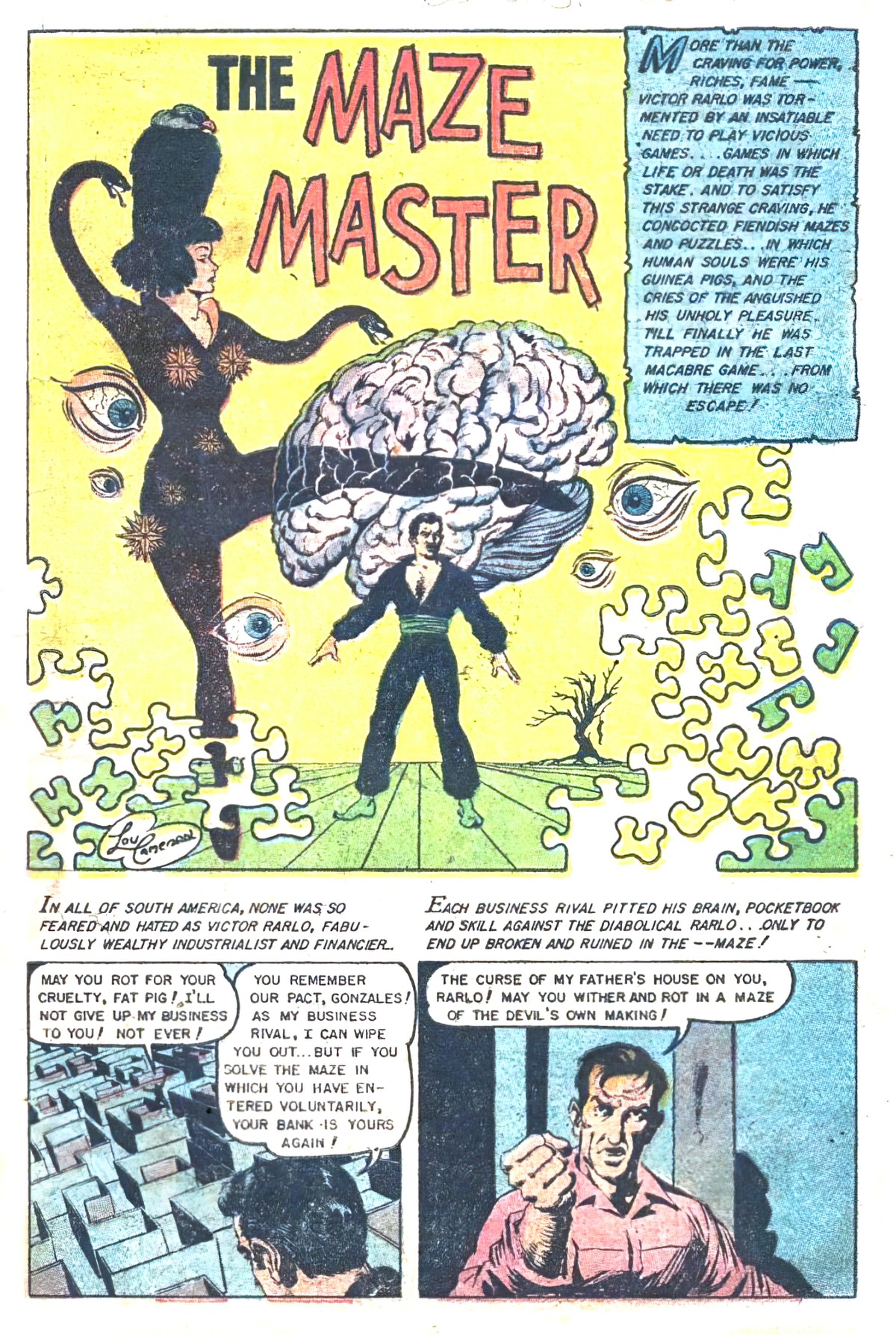
Header image: Scene from The Cat Returns
